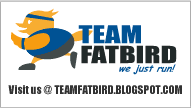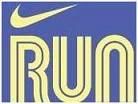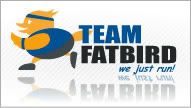The Journey Is The Reward
Indeed, the Journey Is The Reward. Enjoy The Trip.

December 30, 2004
HAPPINESS IS FOUND IN DOING-NOT MERELY IN POSSESSING.
It’s true. Money can’t buy happiness. Most of us are motivated by aspirations of the lifestyle we desire to ourselves and our families, not by the physical possessions-homes, vacations, automobiles, etc. When you recognize this fact, you will know that you must constantly "raise the bar" to encourage yourself to reach higher goals. Your goals should include the possessions that you desire, but as former Apple Computer chairman and CEO John Sculley said, "Success is a journey, not a destination. Make sure you enjoy the trip."
This positive message is brought to you by the Napoleon Hill Foundation. Visit us at http://www.naphill.org. We encourage you to forward this to friends and family. They can sign up for this free service at our web site. If you would like to stop receiving these thoughts, please go to http://www.naphill.org/thought-unsubscribe.asp















